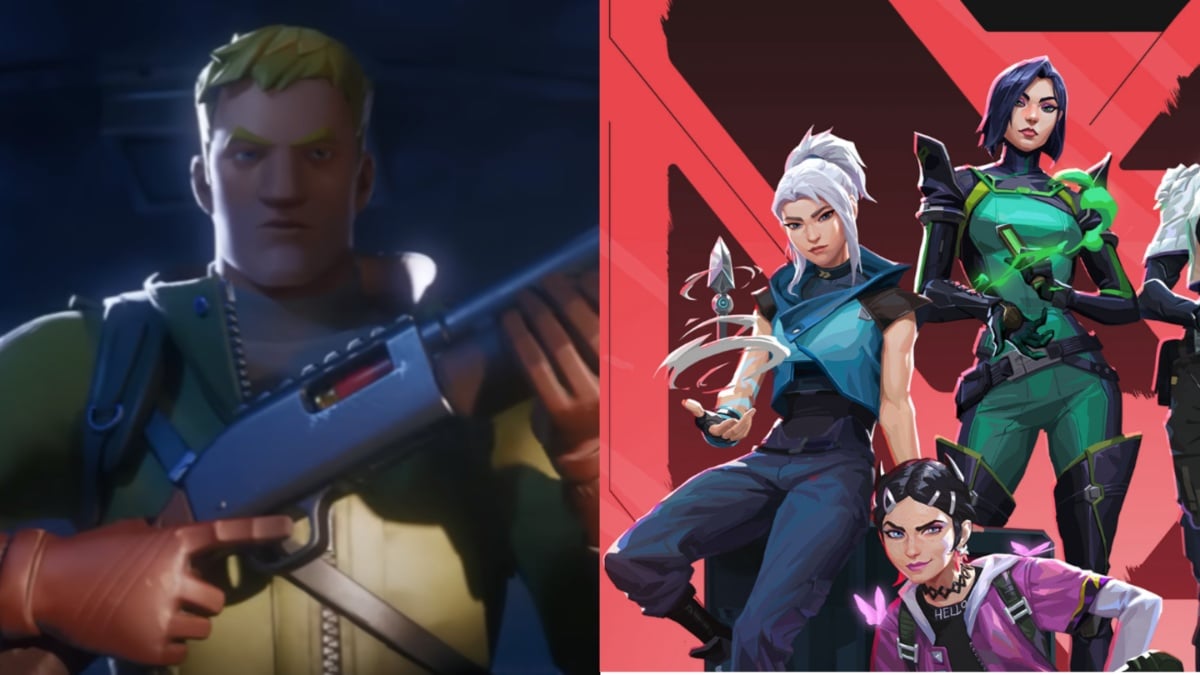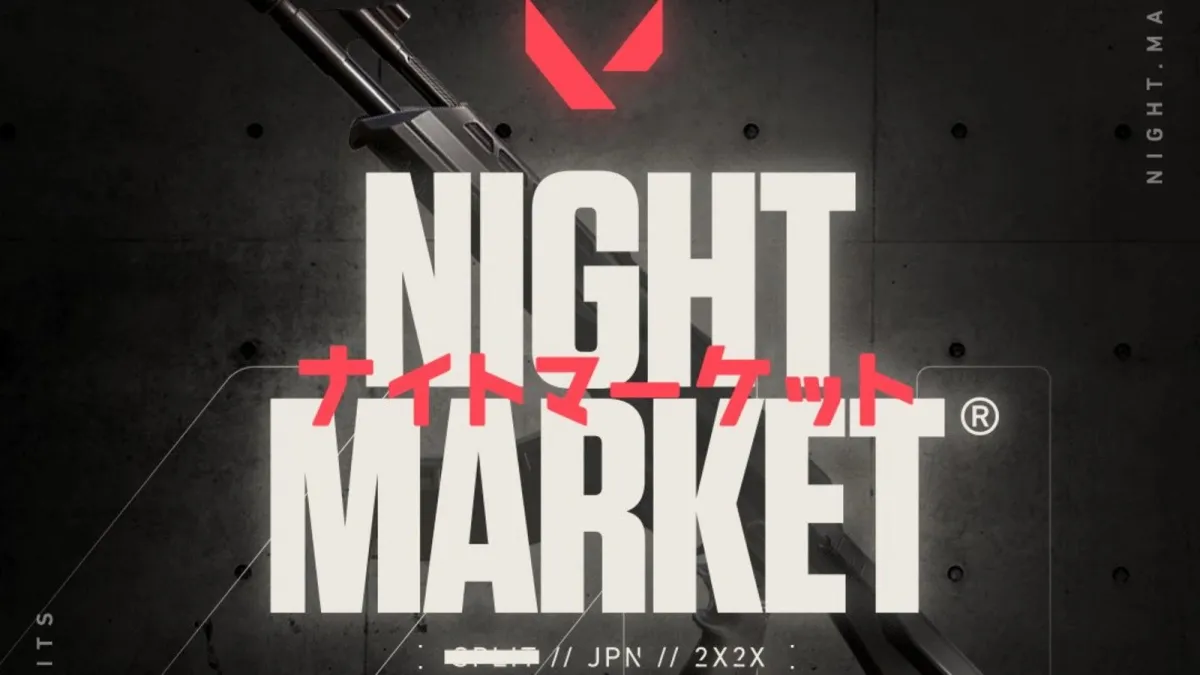As the worldwide VALORANT scene prepares for VCT LOCK//IN, the first tournament of the franchised league, more players from around the globe are getting the chance to compete on the biggest stage.
Throughout the past two years, one of the biggest rivalries in all of VALORANT has been the regional divide between North America, EMEA, and Brazil. Hardcore fans of certain regions have made it clear their respective players and teams are the best, from loud chants in Berlin and Istanbul to hard-fought Twitter battles.
But when teams from other regions stepped up last year, they made headlines. By the end of 2022, it was clear VALORANT was no longer a game dominated by just one region.
And now, after the chaotic off-season, many players who found a home for themselves in one region of the previous VCT model have switched to new teams on the opposite side of the world. Ahead of LOCK//IN, Riot has made it clear their vision for VALORANT esports is global on many levels, and that includes supporting teams and players with connections to multiple regions.
“We very much support our teams that want to establish fans in different regions around the world,” said John Needham, the president of esports at Riot. “I think our audience, when they look at these teams, it’s not as localized as it is in traditional sports. They are fans of the players, fans of the teams regardless of where those teams are from.”
Two examples of teams succeeding off of a model that involves their organizations being based in multiple countries are Gen.G and T1. Both orgs started their VALORANT journeys in North America in 2020, fielding rosters of players from the United States and Canada. After little success in climbing out of the hard-hitting NA Challengers tournaments, both opted to apply for franchising in the Pacific league instead.
Related: Why moving to Asia is a good thing for Gen.G and T1 VALORANT
Gen.G and T1 are known for their rivalry in League of Legends in Korea, so this transition to another Riot esport seems like a natural progression. That rivalry was nonexistent when both teams played in North America. Needham, who also oversees League esports at Riot, said he is excited about the potential of that rivalry continuing.
“Of course we love rivalries, and we want to lean into those stories,” Needham said. “It’s just great for sport to have two teams that want to play against each other.”
Several other unexpected rivalries arose from cross-regional matchups in 2022, including the infamous OpTic vs. LOUD contest that kept fans on the edge of their seats.
The goal is for more of these rivalries and storylines to pop up, both within each region and internationally. In order to do that, the VCT needs the support of the community in all areas of the world.
“We do believe that with great partnered teams, on-the-ground broadcast, partners doing co-streaming, and really leaning into the concept of highly produced multi-language feeds, we can have a league that represents more than just one city or one region or one country,” said Whalen Rozelle, Riot’s COO of Esports.
Another important part of making VALORANT more global is to expand and support areas of the world that haven’t had a chance to shine internationally yet.
For LOCK//IN, the VCT has invited two teams from China, Edward Gaming and FunPlus Phoenix. These teams aren’t officially a part of the VCT Pacific league, but after the recent licensing of VALORANT in China, Riot is eager to support the scene there. There has even been talk of a league popping up in China to support the robust gaming culture that already exists there.
In addition to providing support directly to these Chinese teams, Riot has officially added a Mandarin broadcast feed to its LOCK//IN coverage. There are already broadcasts in many languages covering the various teams, as well as official partnered streams on Twitch where fans around the world can find their community.
Things like broadcast and co-stream support in more languages are just small steps, as Rozelle said, that will add up to a more supportive global environment for VALORANT esports.
Needham said he wants VALORANT to become the number one FPS esport in the world.






Published: Feb 12, 2023 07:55 pm